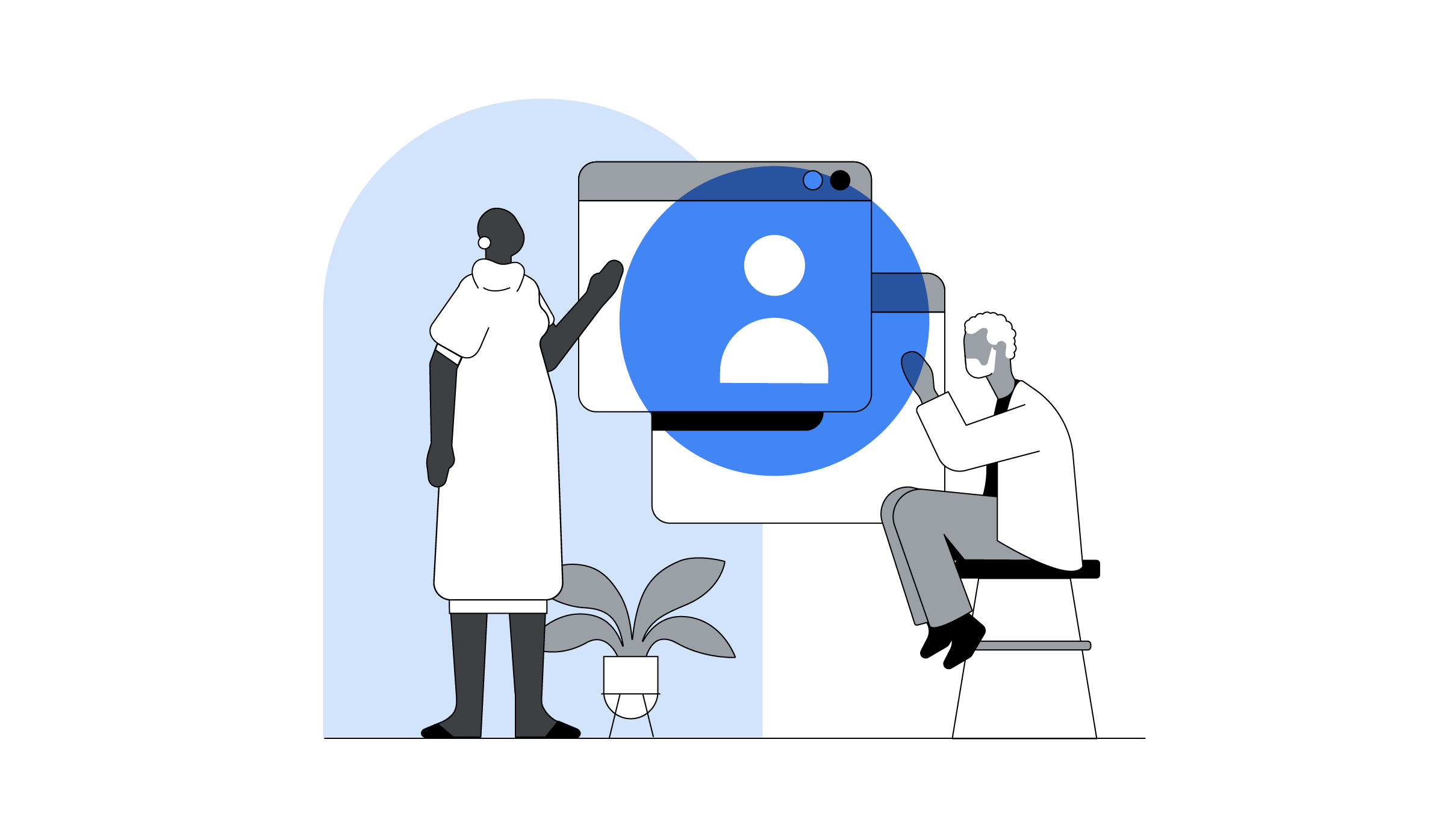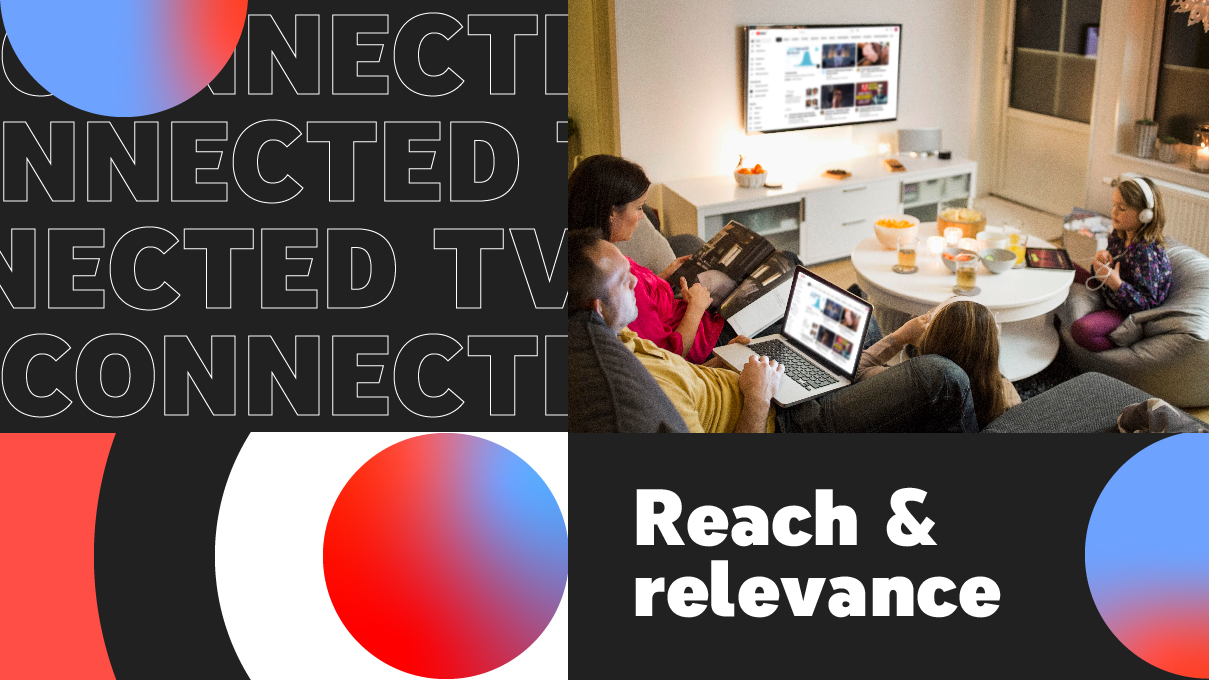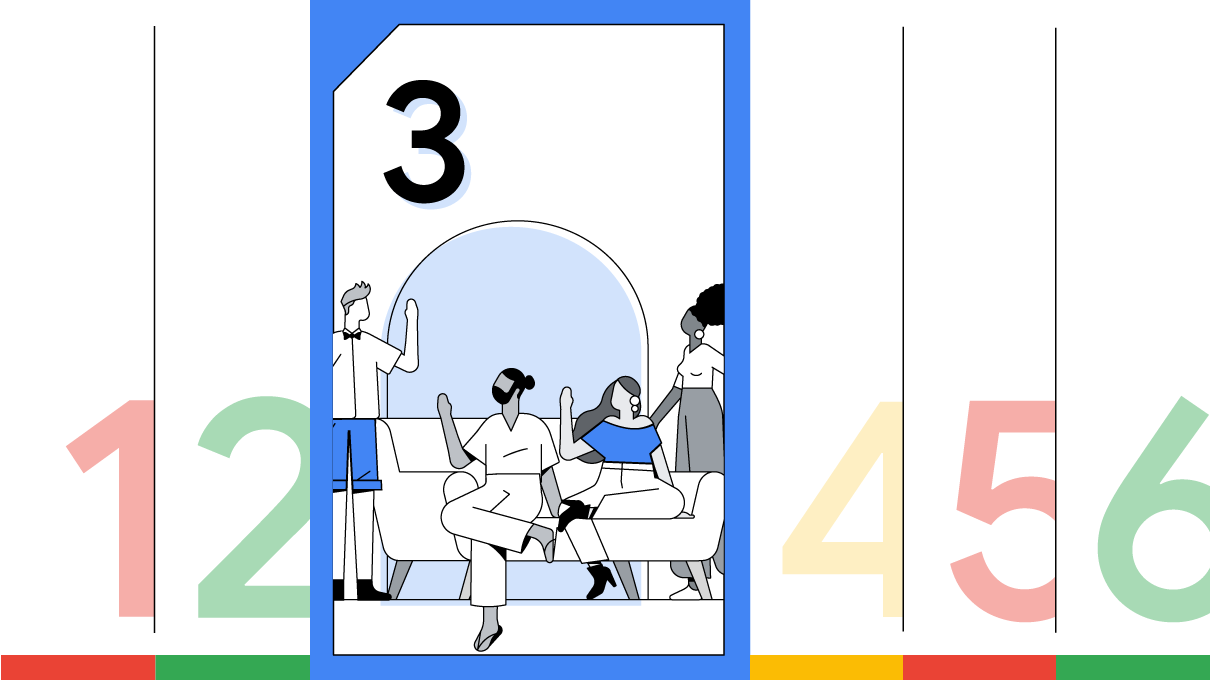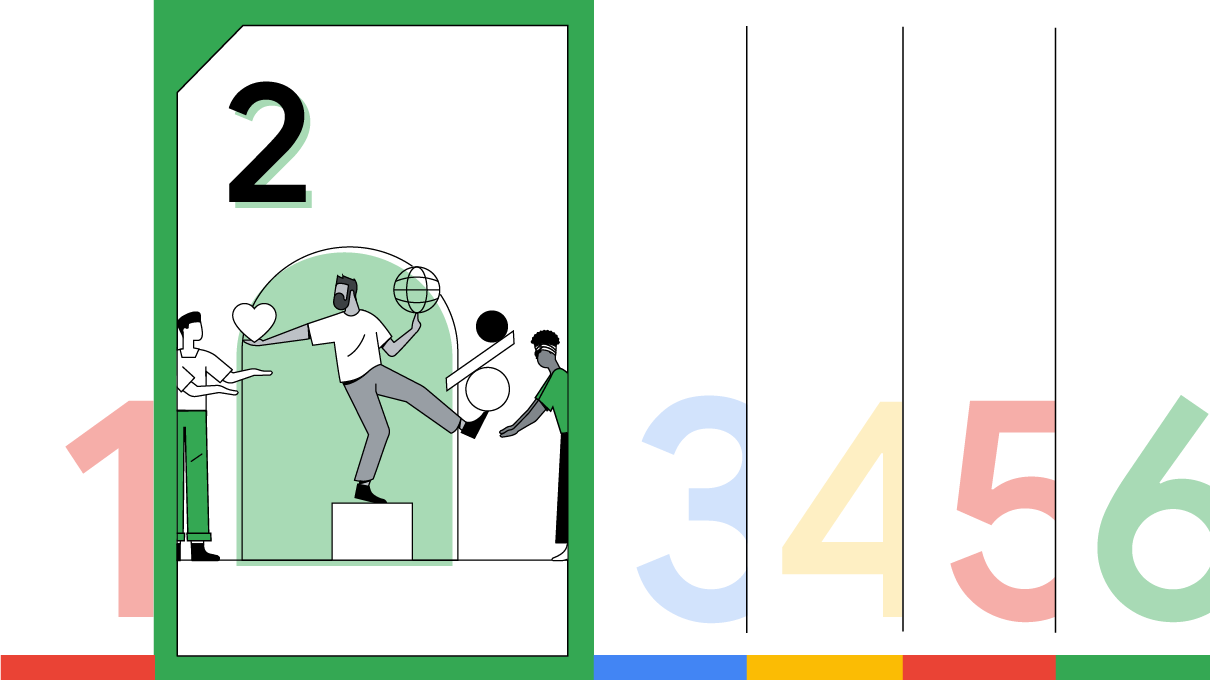Canadian telecom consumers are more informed than ever — and the shift to digital is largely responsible for that change. In fact, 90% of Canadians looking to acquire telecom services turn to digital channels to choose a new provider and 46% of consumers make decisions with information found both online and offline.1
To win over potential customers, and keep existing ones, telecom service providers need to recognize the differences in key customer segments and create personalized experiences to meet rising consumer expectations.
The influence of digital on Canadian telecom consumers
Google and Nielsen polled Canadian adult telecom consumers, and found there are three main ways people would interact with telecom providers if switching services or making new purchases.2
- Mainly digital. This group represents 44% of consumers who resort to digital channels for 9 out of 10 moments.
- Omnichannel. The largest group, representing 46% of consumers who will use both digital and offline channels for both complementary and specific reasons.
- Fully offline. This represents only 10% of consumers who will never use digital as a channel.
But as we began to dig deeper into research, we discovered there were actually five key consumer segments, each with very different behaviours; Digitally Engaged, Digitally Passive, Omnichannel, Mainly Offline and Offline-only.
Five unique consumer segments

Where to focus your attention
So let's take a more focused look at three of these audiences: Omnichannel, Digitally Passive, and Digitally Engaged. Consumers that fall into these audiences are the biggest spenders, highest advocates for your brand and products, and are also most likely to switch providers — making them your most valuable and vulnerable segments.3
It’s time to identify your most valuable consumer segments, and engage and interact with them meaningfully.
To learn how you can win over these three key audiences, take a look at the key insights and takeaways below.
Digitally Engaged

These customers are highly engaged on digital channels, spend the most money, and are the most likely to switch providers.4 In fact, 18% of this audience is likely to switch in the next 6 months.5 Much of this audience considers themselves early adopters, and are digitally savvy — 70% of the segment believes they are getting the best prices online.6 92% of the segment uses digital channels to check if they can trust a new carrier —making digital channels the most important to focus on for this audience.7
Here’s how you can reach them:
- Leverage full funnel, push and pull tactics. This group is online across all consumer touchpoints, so it’s important to leverage full funnel strategies in order to engage them at each and every touch point.
- Capture signals that show propensity to churn. As the audience most likely to switch, leverage your first party data combined with Google's audience signals to reach consumers with a retention message before they churn.
- Leverage your app. These consumers prefer engaging with you digitally so use your website and your app where possible to make it more convenient for people to self serve.
Digitally Passive

This segment can be unenthusiastic, but are more loyal and likely to stick with your brand the longest, with the average length of time with their current telecom carrier being over 5 years.8 They are using digital channels typically for quick and practical reasons. The Digitally Passive are 40% less likely to believe a new carrier is easier to work with9, so building trust is a necessary step to convince them to move carriers.
Here’s how you can reach them:
- Use upper funnel tactics to drive consideration for new products and technology. Given this group is not actively seeking out information, you will need to leverage upper funnel tactics to drive consideration for new products and technology, while giving them an enticing reason to take action.
- Gentle nudges help spur action. Ensure frequent engagement and education like Gmail push notifications, because this group can be passive unless prompted.
Omnichannel

Tied with the Digitally Engaged as the top spenders, 54% of the Omnichannel segment are doing both online and offline research.10 They are coming to decisions quickly, and after they are finished researching, 72% visit the store.11 This is because they believe they will get the best deal offline.12
Here’s how you can reach them:
- Drive calls and store visits through digital channels. Online research drives offline activity. It's important to measure offline activity through digital channels, such as calls and store visits.
- Provide consistency across channels. This ensures your customers have a frictionless experience. They are the quickest to make decisions, so you want to make it easy for them.
- Track and measure. Build the bridge between marketing and the call centre so that you can optimize marketing investment towards the channels that drive the most value and profitability for your business.
Canadian telecom consumers have unique interaction and purchase behaviours. It’s time to identify your most valuable segments and develop a personalized strategy for each to drive meaningful action.







